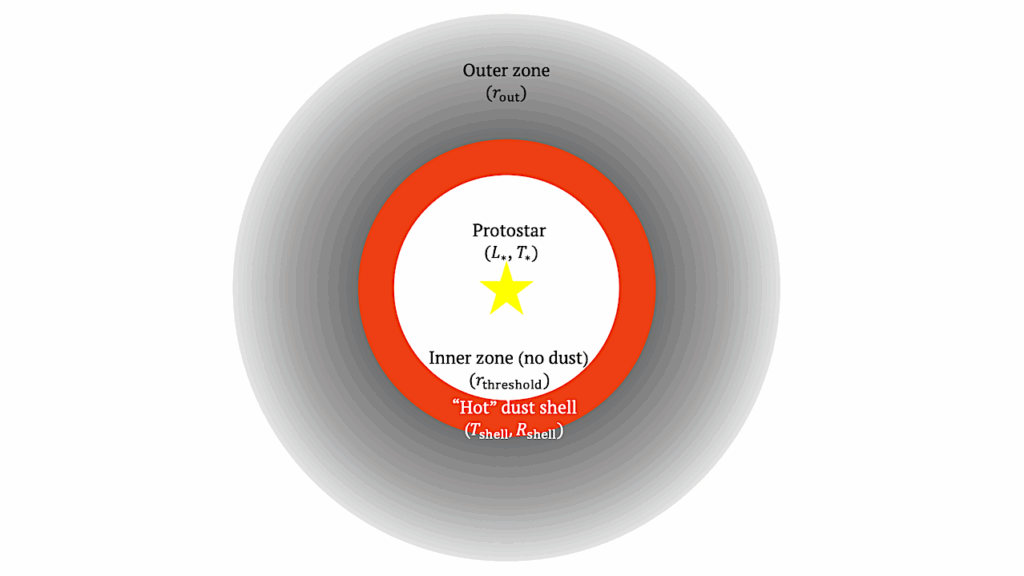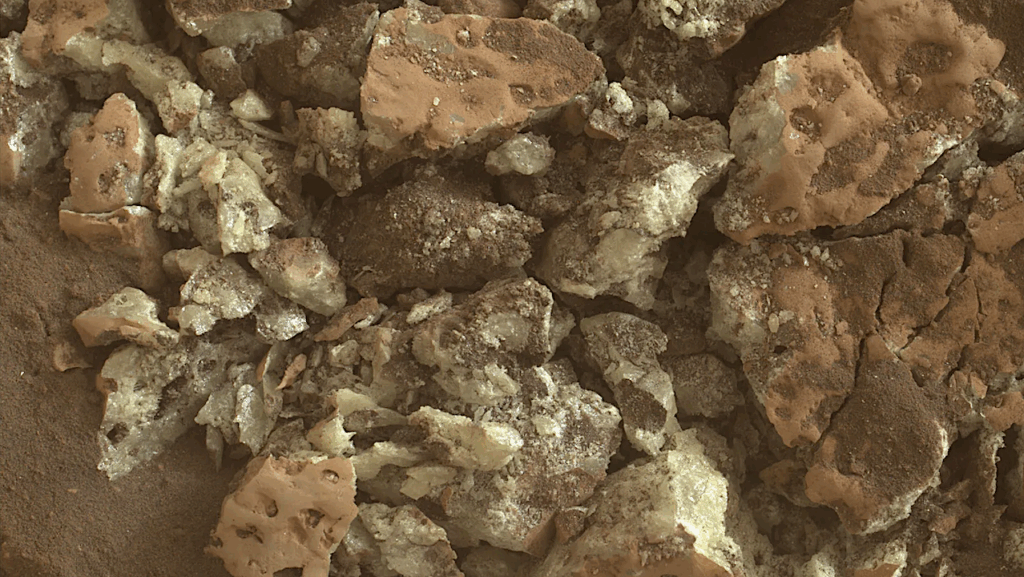Bulk and Atmospheric Metallicities as Direct Probes of Sequentially Varying Accretion Mechanisms of Gas and Solids Onto Planets

Core accretion is the standard scenario of planet formation, wherein planets are formed by sequential accretion of gas and solids, and is widely used to interpret exoplanet observations. However, no direct probes of the scenario have been discussed yet.
Here, we introduce an onion-like model as one idealization of sequential accretion and propose that bulk and atmospheric metallicities of exoplanets can be used as direct probes of the process. Our analytical calculations, coupled with observational data, demonstrate that the trend of observed exoplanets supports the sequential accretion hypothesis.
In particular, accretion of planetesimals that are ≳ 100 km in size is most favored to consistently explain the observed trends. The importance of opening gaps in both planetesimal and gas disks following planetary growth is also identified.
New classification is proposed, wherein most observed planets are classified into two interior statuses: globally mixed and locally (well-)mixed. Explicit identification of the locally (well-)mixed status enables reliable verification of sequential accretion. During the JWST era, the quality and volume of observational data will increase drastically and improve exoplanet characterization.
This work provides one key reference of how both the bulk and atmospheric metallicities can be used to constrain gas and solid accretion mechanisms of planets.
Yasuhiro Hasegawa, Mark R. Swain
Comments: 14pages, 4 figures, 1 table; accepted for publication in ApJ Letters
Subjects: Earth and Planetary Astrophysics (astro-ph.EP)
Cite as: arXiv:2409.06670 [astro-ph.EP] (or arXiv:2409.06670v1 [astro-ph.EP] for this version)
https://doi.org/10.48550/arXiv.2409.06670
Focus to learn more
Submission history
From: Yasuhiro Hasegawa
[v1] Tue, 10 Sep 2024 17:38:09 UTC (405 KB)
https://arxiv.org/abs/2409.06670
Astrobiology








